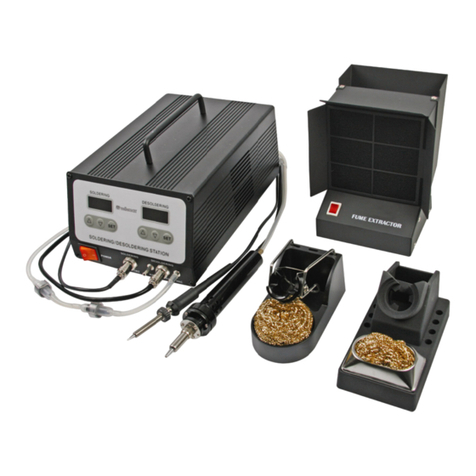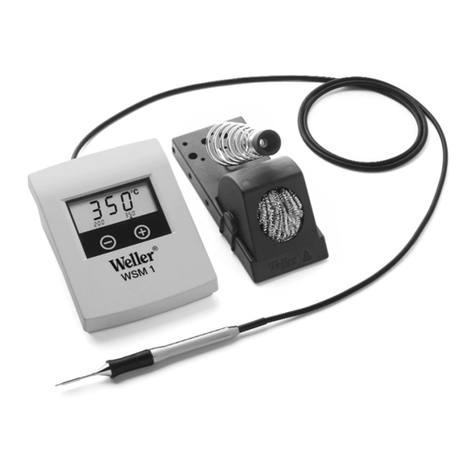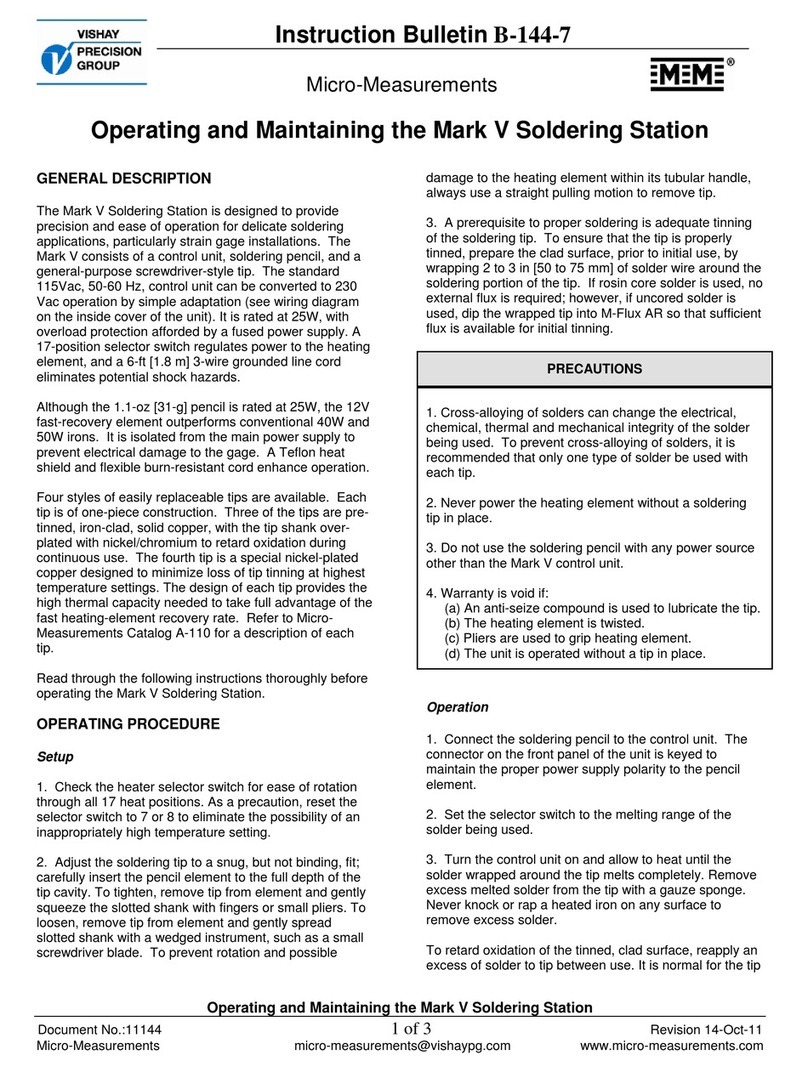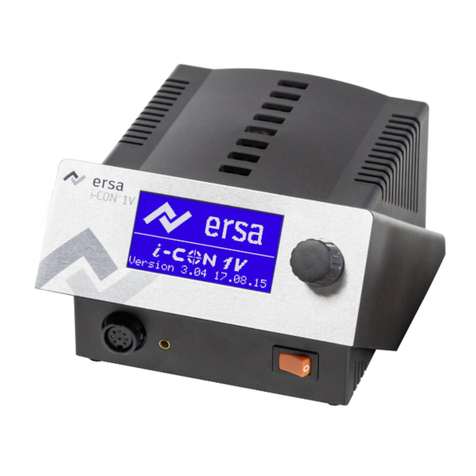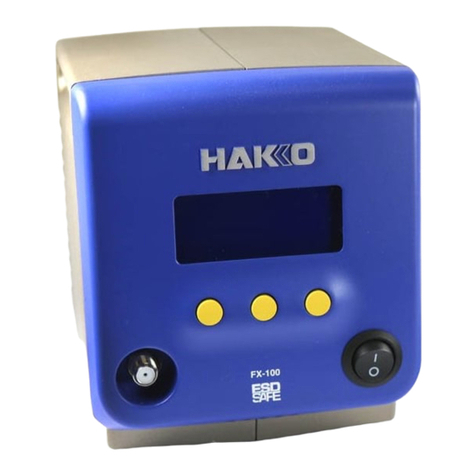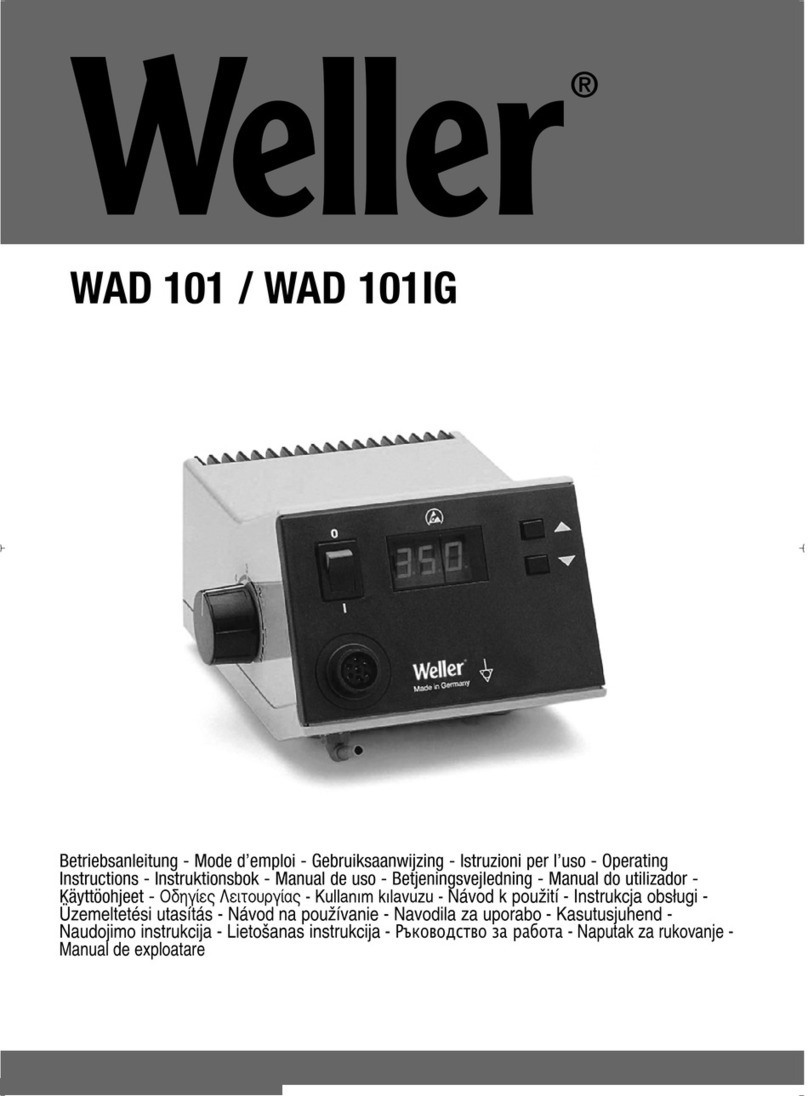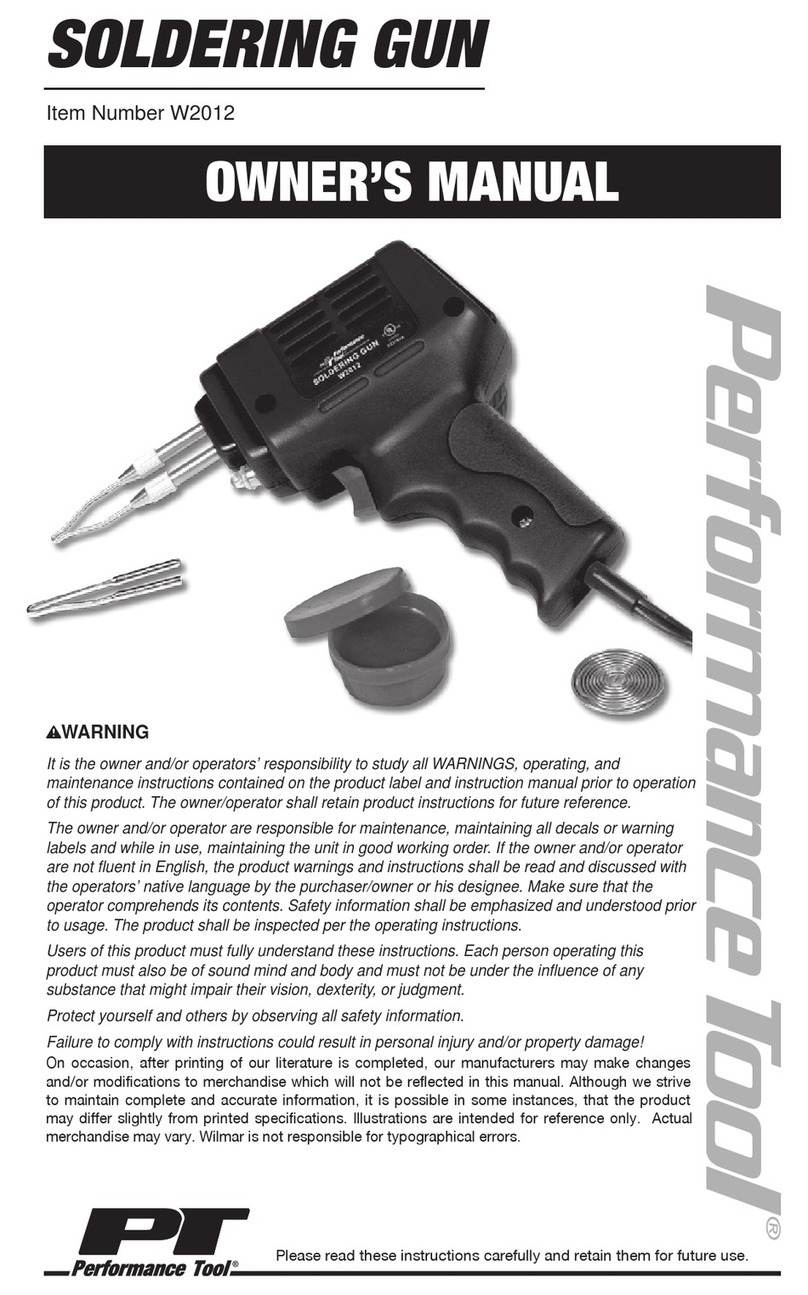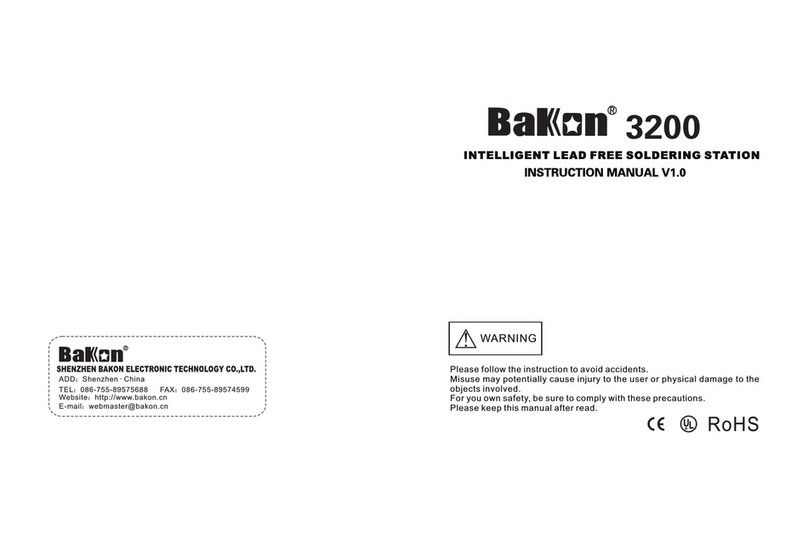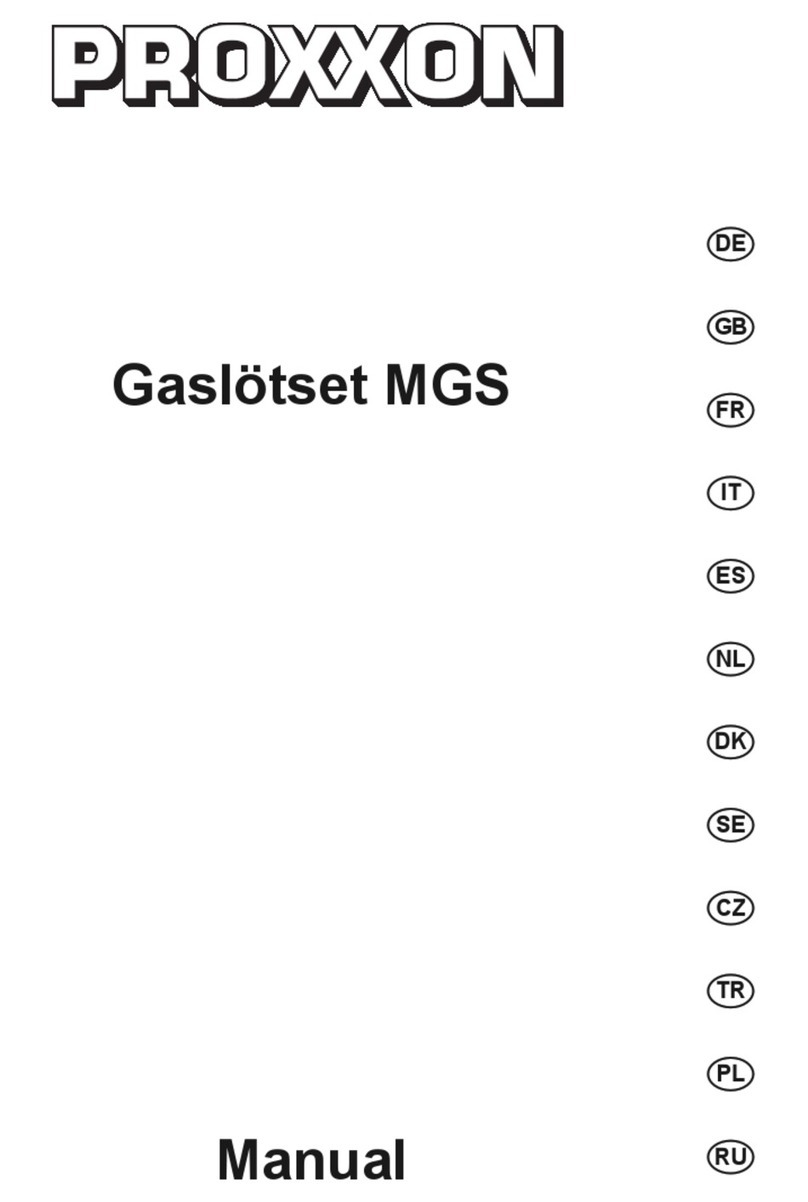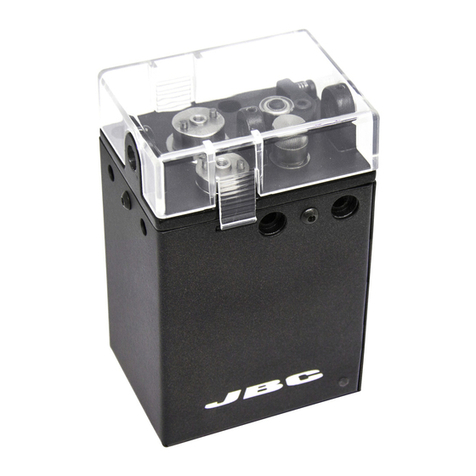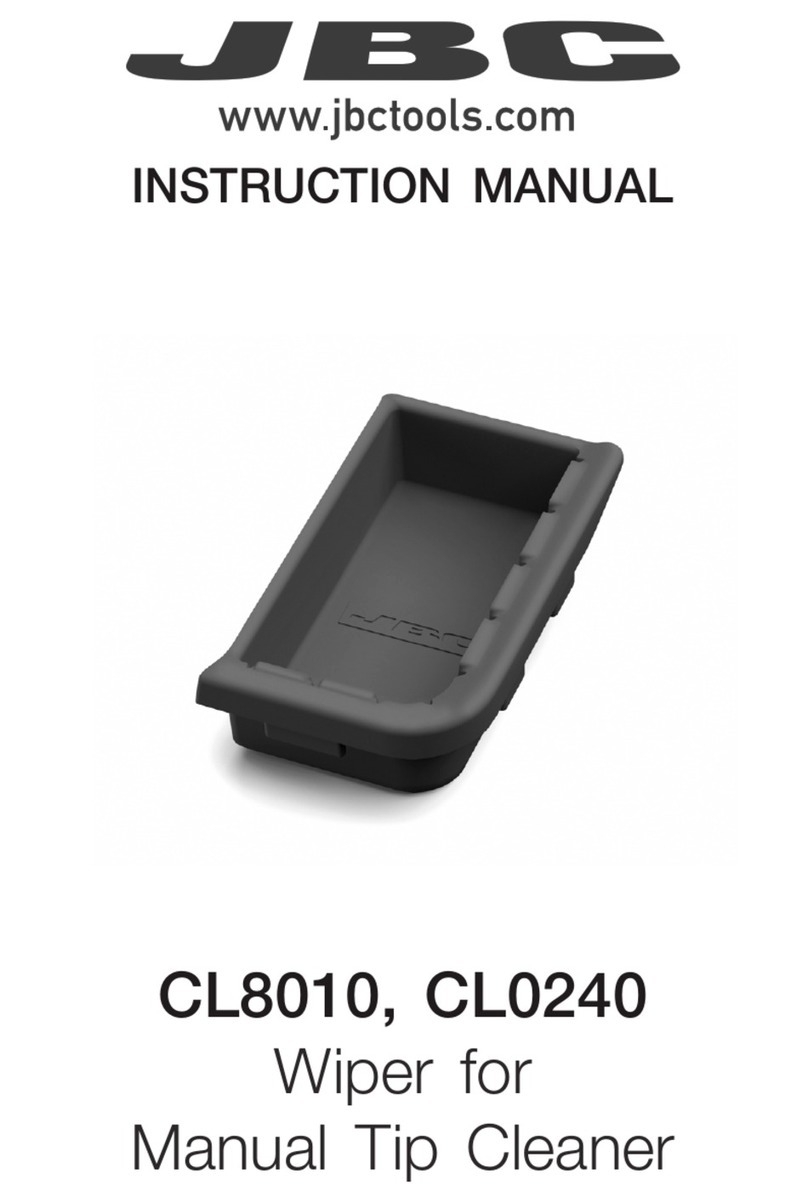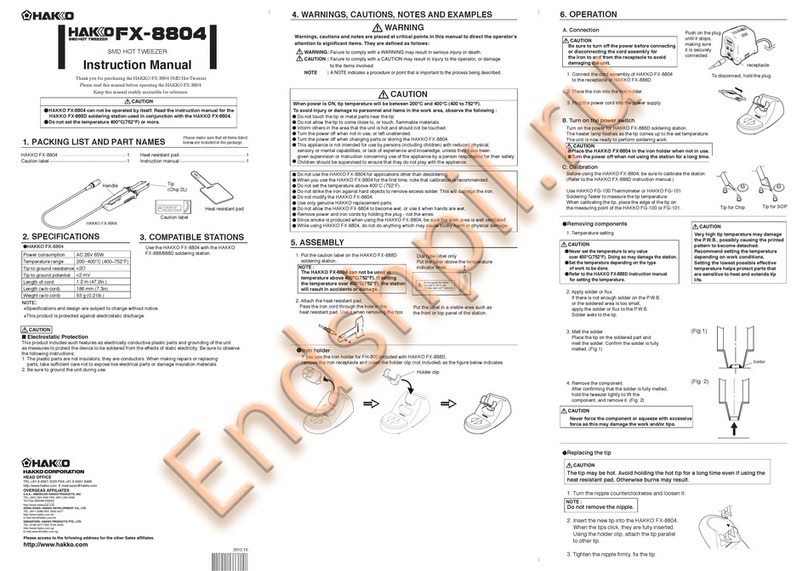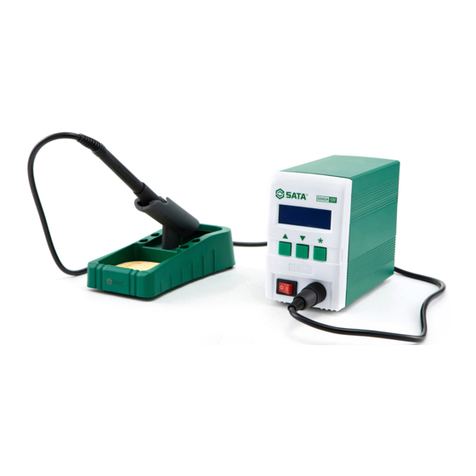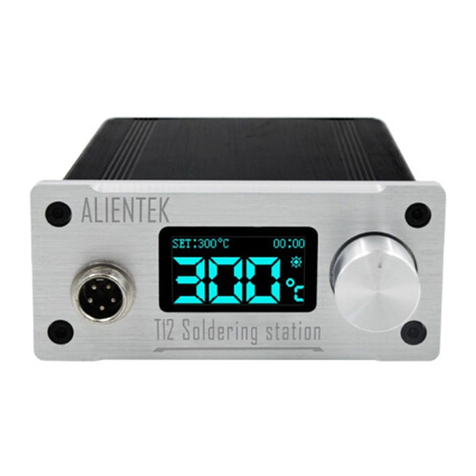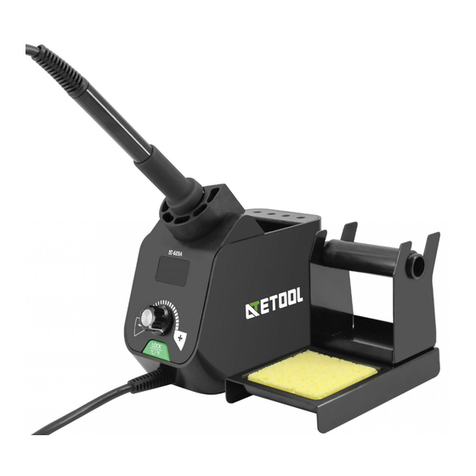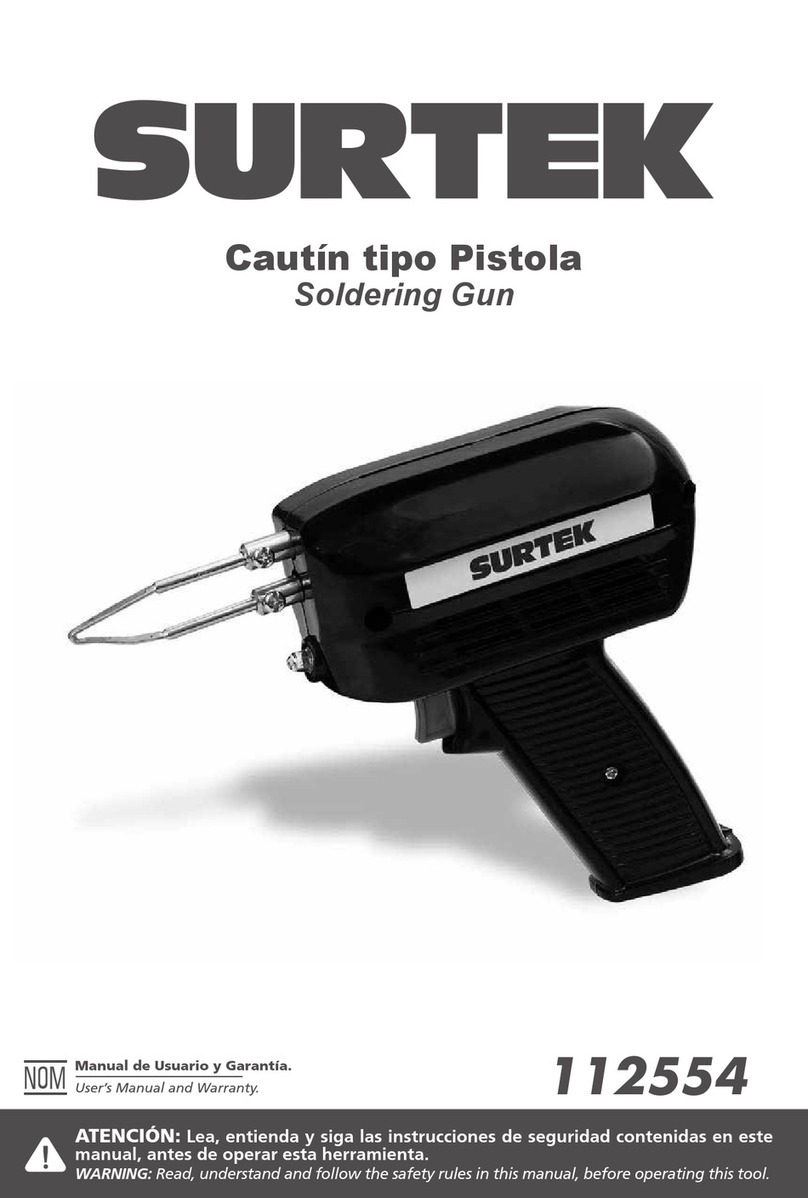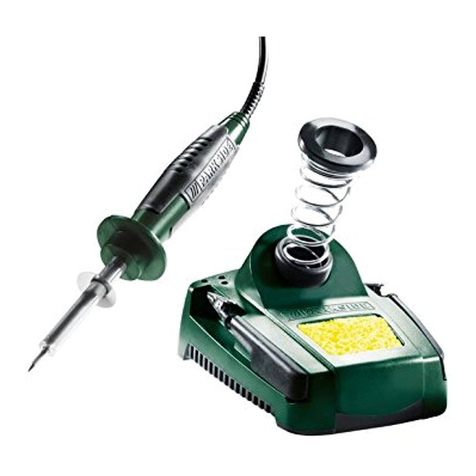
SPECIFICATIONS
Specifications are subject to change without notice
IMPORTANT SAFETY INFORMATION
IMPORTANT SAFETY INFORMATION
WARNING!
READ, UNDERSTAND AND FOLLOW ALL INSTRUCTIONS AND
WARNINGS BEFORE OPERATING THIS TOOL. FAILURE TO DO
SO MAY RESULT IN PERSONAL INJURY AND/OR PROPERTY
DAMAGE AND WILL VOID WARRANTY.
Electrical: .......................................... 120 V AC, 60 Hz, .07A
Line Cord:.......................................................55 in. 2 Prong
1. Keep work area clean. Cluttered areas invite injuries.
2. Observe work area conditions. Do not use machines or power tools in damp or wet
locations. Don’t expose to rain. Keep work area well lighted. Do not use electrically
powered tools in the presence of flammable gases or liquids. Do not bring combustible
materials near the tools.
3. Keep children away. Children must never be allowed in the work area. Do not let them
handle machines, tools, or extension cords.
4. Store idle equipment. When not in use, tools must be stored in a dry location to inhibit
rust. Always lock up tools and keep out of reach of children and other untrained
persons. Switch off all unused electrical tools when stored. Tools are dangerous in the
hands of untrained users.
5. Use the right tool for the job. Do not attempt to force a small tool or attachment to do
the work of a larger industrial tool. Don't use a tool whose performance is not adequate
for your work. Do not modify this tool and do not use this tool for a purpose for which it
was not intended.
6 Grounded tools must be plugged into an outlet properly installed and grounded in ac-
cordance with all codes and ordinances. Never remove the grounding prong or modify
the plug in any way. Do not use any adapter plugs. Check with a qualified electrician
if you are in doubt as to whether the outlet is properly grounded. If the tools should
electrically malfunction or break down, grounding provides a low resistance path to
carry electricity away from the user.
7. Double insulated tools are equipped with a polarized plug (one blade is wider than the
other). This plug will fit in a polarized outlet only one way. If the plug does not fit fully in
the outlet, reverse the plug. If it still does not fit, contact a qualified electrician to install
a polarized outlet. Do not change the plug in any way. Double insulation eliminates the
need for the three wire grounded power cord and grounded power supply system.
8. Avoid body contact with grounded surfaces such as pipes, radiators, ranges, and
refrigerators. There is an increased risk of electric shock if your body is grounded.
Do not work on electrically live parts. The grip of antistatic designed soldering tools is
conductive. Do not point the Soldering Gun, or turn yourself toward another person
while soldering.
9. When operating a power tool outside, use an outdoor extension cord marked “W-A” or
“W”. These extension cords are rated for outdoor use, and reduce the risk of electric
shock.
10. Do not expose power tools to rain or wet conditions. Water entering a power tool will
increase the risk of electric shock.
11. Do not abuse the Power Cord. Never use the Power Cord to carry the tools or pull
the Plug from an outlet. Keep the Power Cord away from heat, oil, sharp edges, or
moving parts. Replace damaged Power Cords immediately. Damaged Power Cords
increase the risk of electric shock.
12. Disconnect the Power Cord Plug from the power source before making any adjust-
ments, changing accessories, or storing the tool. Such preventive safety measures
reduce the risk of starting the tool accidentally.
13. Do not overload your soldering tool. Use the soldering tool only with the specified
voltage or specified pressure range.
14. Stay alert. Watch what you are doing, and use common sense when operating a
power tool. Do not use a power tool while tired or under the influence of drugs, alco-
hol, or medication. A moment of inattention while operating power tools may result in
serious personal injury.
15. Dress properly. Do not wear loose clothing or jewelry as they can be caught in mov-
ing parts. Protective, electrically non-conductive clothes and non-skid footwear are
recommended when working. Wear restrictive hair covering to contain long hair. There
is a danger of burning yourself with liquid solder. Wear the corresponding protective
clothing in order to protect yourself against burns.
16. Avoid accidental starting. Be sure the Power Switch is off before plugging in. Carrying
power tools with your finger on the Power Switch, or plugging in power tools with the
Power Switch on, invites accidents.
17. Remove adjusting keys, wrenches or other maintenance tools before turning the
power tool on. A wrench, key or maintenance tool that is left attached to a part of the
power tool may result in personal injury.
18. Use safety equipment. Always wear eye protection. Dust mask, non-skid safety shoes,
hard hat, or hearing protection must be used for appropriate conditions. When working
with bonding agents, it is particularly important to observe the warning notices of the
bonding agent manufacturer. Protect yourself against spattering solder. There is a
danger of burning yourself with liquid solder. If devices for solder vapor suction is
available, ensure that these are connected and correctly used. Do not breath
soldering fumes. Never breath soldering fumes as they may make you ill.
19. Work Safe. Keep proper footing and balance at all times. Do not reach over or across
running machines, hoses, etc. Never leave the Soldering Gun unattended when it
is plugged into an electrical outlet. Turn off the tool, and unplug it from its electrical
outlet before leaving. Never lay the Soldering Gun down where the heated parts can
contact flammable materials or electrical wires. Always unplug the Soldering Gun
from its electrical outlet before performing and inspection, maintenance, or cleaning
procedures.
WARNING! People with pacemakers should consult their physician(s) before using
this product. Operation of electrical equipment in close proximity to a heart pacemaker
could cause interference or failure of the pacemaker.
